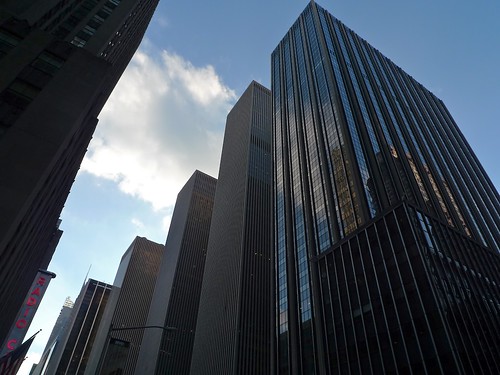
This past weekend, the East Bay Express (a paper in Oakland), wrote a fairly balanced article about the battles over densification in Oakland and Berkeley. Although it took as its subject a particularly acerbic debate over local development projects, the scenario is the same everywhere. The article presents three largely oppositional theses: tall buildings are environmentally sound, all density is environmentally unsound, and that density can mean Paris as well as Manhattan. Each one is given a fair voice, but ultimately only the middle path comes out looking informed.
Of course the commenters jumped out of the starting blocks and onto their respective causes: the electric car, renewable energy, zero population growth, THE IMPORTANCE OF WRITING EVERYTHING IN CAPITAL LETTERS, planting “subsistence” gardens in quarter-acre lots, and obviously the meme that developers are profiteers and gentrifiers. But what none of these people seemed to see was that the options of a pleasant human environment and a limited footprint on the natural world are not mutually exclusive.

Read the article; take a look at the section on pages 3 & 4 in particular, where Mike Pyatok, an architect with decades of experience, drops the usual truth bombs.
In an environment with artificial scarcity by way of outdated and strict zoning, the costs of land allotted to tall development, prices will be too high, even for luxury development. 5-8 story buildings are cheaper, more comfortable, and more energy efficient on a regional scale. Similarly, the need for a large footprint to justify the vertical costs means a less refined urban grain and less human-scale detail and fewer potential owners.
As long as cities are lusting for the skinny towers of 1920s New York, opponents will only see a superblock grime of the 1970s. Unfortunately, those skinny towers never made much money and definitely won’t nowadays. So, many opponents are simply reacting to unreasonable visions of the future with equally wrong visions of dystopia. Expect to see knees jerking until city councils and armchair planners ask for middle density.